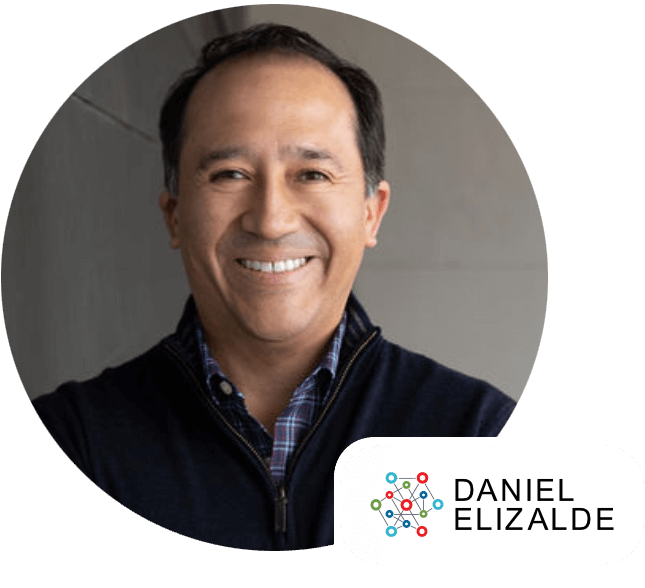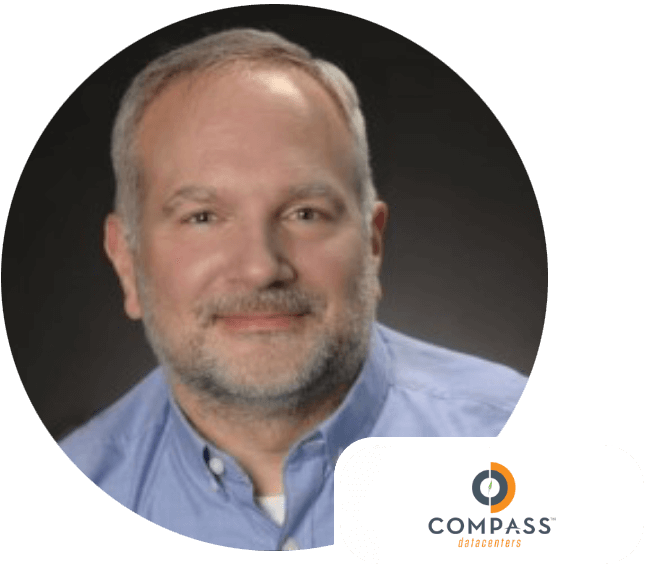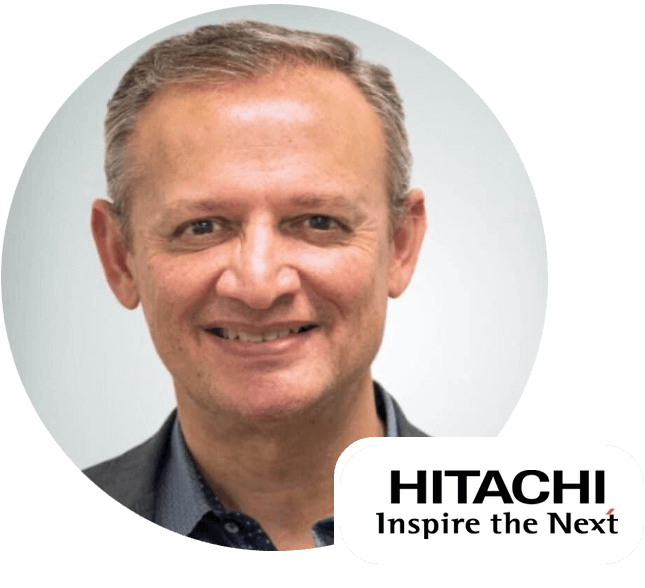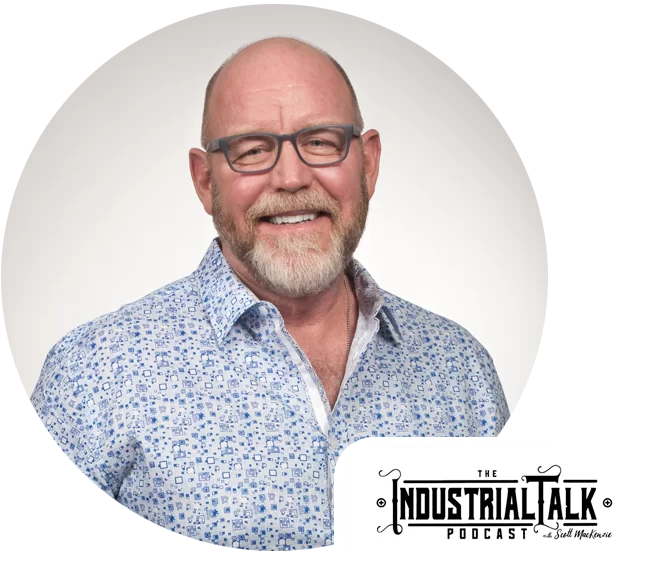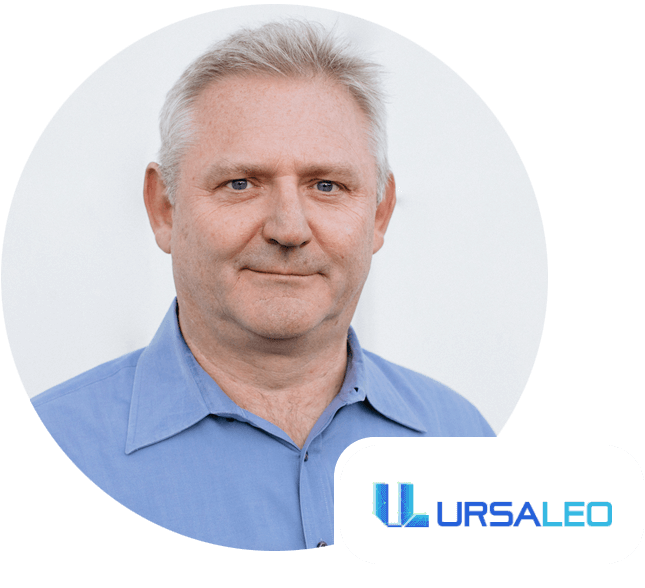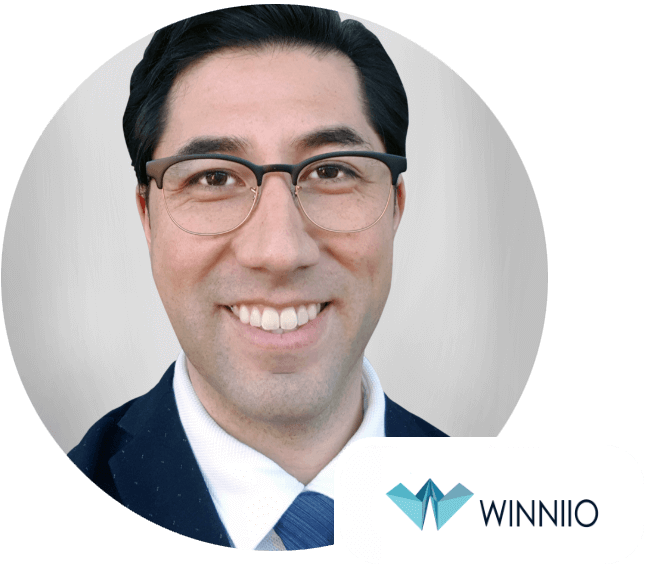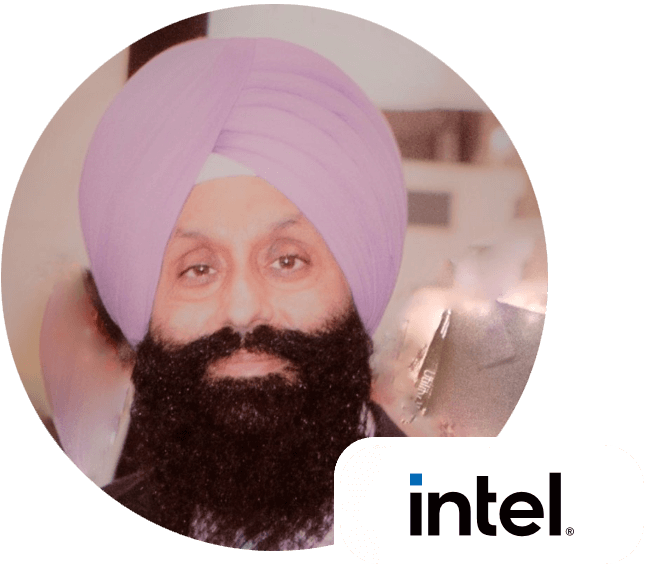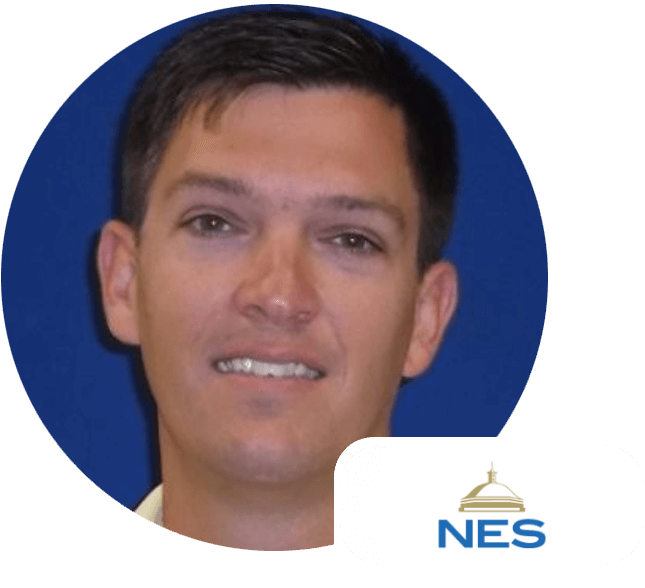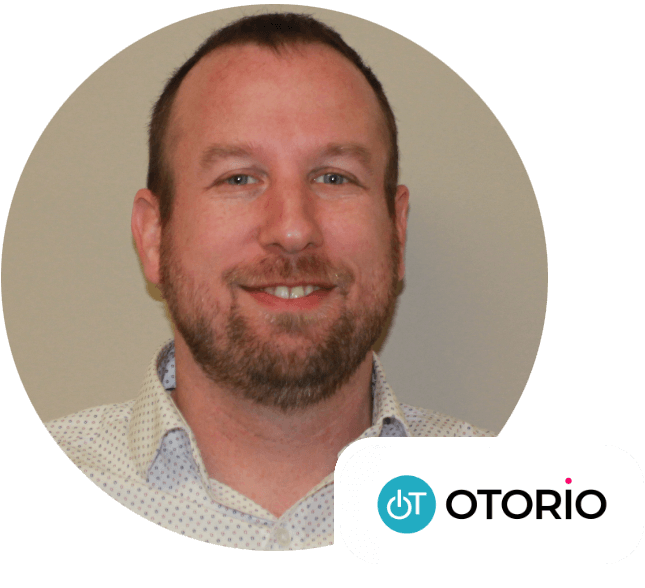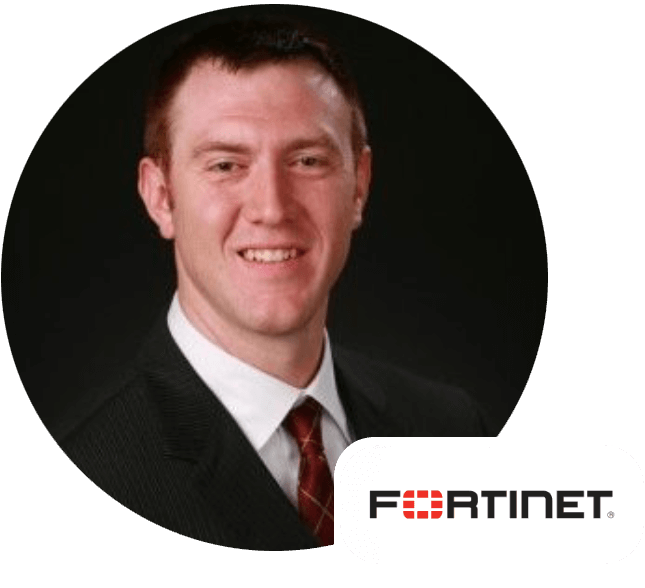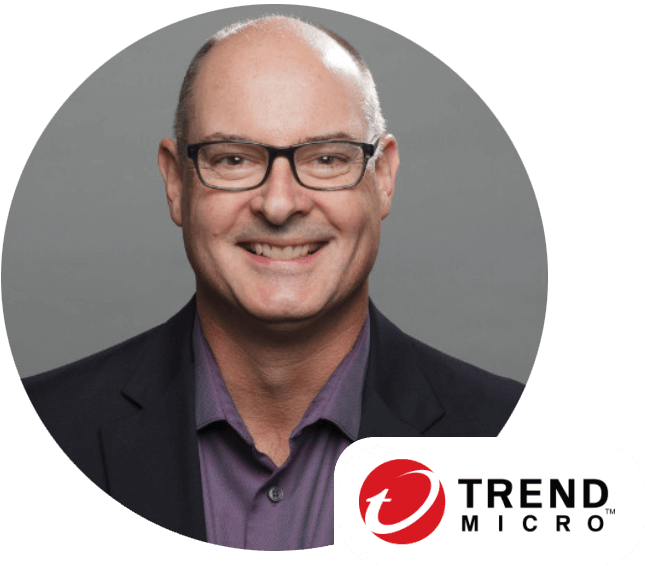How climate tech companies can accelerate innovation, reduce waste, and avoid costly mistakes.
Every energy transition book, website, entrepreneur, or policymaker agrees we need to “accelerate innovation.” Unfortunately, very few companies understand what acceleration means and how to get there. Most companies believe that acceleration is about developing products faster. And that’s why most companies are getting more and more efficient at building products that nobody wants to buy. Accelerating innovation is not about the speed of development. It’s about reducing the time to go from idea to delivering value to your first ten customers. In this talk, you will learn how to accelerate every stage of the innovation journey so you can start delivering valuable products in record time.
Net Zero in an industrial world
Sustainability at the edge is becoming a critical element as collectively, all edge data centers will consume more energy as all large scale data centers combined. This is being predicted to be happening within this decade. Also, emergency backup power generation below ~35kW are not subject to permitting. This may change as well. As a result, we need to explore options to provide solutions that reduce or even eliminate GHG emissions.
Modern Asset Management for the Energy Industry
The energy sector still grapples with challenges of legacy infrastructure and vendor lock-in, even in the era of Utility 4.0. To address these challenges, the industry needs to integrate outdated existing systems with disruptive digital technologies. This also involves increased interfacing and data exchange between different Operational Technology systems and Information Technology systems. In short, we need to increase OT and IT (OT/IT) convergence to improve remote utility asset operations.
Join this session to find out more about the following topics:
- How can you modernize asset management to get more real time information?
- Given the remote nature of the asset, how do you handle reliability of data transfer over unreliable networks?
- What security concerns need to be addressed?
- What strategies can be used to reduce total cost of asset management?
Computer Vision, AI, and the Digital Grid
Electricity is fundamental to our society. As the threat of global warming raises the demand for more clean energy globally, it’s clear that the world needs to limit the use of fossil fuels, and maximize the electrification of everything. What role does AI-powered computer vision have in the brave new world of the Digital Grid?
Join industry experts as they share insights, challenges, solutions, and case studies around the latest innovations in sustainable asset and infrastructure management – leveraging autonomous, remote-friendly energy asset inspections, monitoring, and performance management using image and video-based analytics.
Learn more about:
- The fast-rising use of AI and computer vision to automate asset inspections.
- Sustainable, low risk, low-cost asset management.
- Global electrification trends, and the latest advances in asset performance management.
Using digital twins to enable AI control of building energy management
Using digital twins, one can enable AI to better interpret and train algorithms to manage building energy. One of the greatest hurdles in use of AI is cleaning the data to train the algorithm well. Digital twins allow the user to engage with the data to ensure its validity prior to AI training, creating a more seamless transition to using intelligence to deploy solutions.
Talking points:
- Successful machine learning requires large amounts of data. In building terms that translates to 1000’s of sensors
- The building needs to be operated ‘correctly’ to train the ML effectively. With many interrelated building systems that is extremely hard using traditional dashboards
- Displaying all the data on a suitable digital twin of the building and adding helpful visualizations vastly simplifies the job of the human operator
- If alerts and errors do occur, they often ‘cascade’ through the building. Identifying the root cause is much easier on a 3D digital twin allowing much faster normalizing of the data used for training
How to Use IIoT to Grow the Energy Storage System
The energy storage system (ESS) market is growing rapidly. Though ESS technology has matured over the past few years, it still comes with challenges. Using the IIoT, OEMs and ESS operators can securely connect their ESS to the cloud, remotely monitoring, managing, troubleshooting, and optimizing these systems’ operation and performance. Join this panel to find out how How to Use IIoT to Grow the Energy Storage System.
Readiness Built on Earned Trust Against the Surge of Industrial Cyber Attacks
Utilities are embracing smart grid technologies to meet the demands of Distributed Energy Resources (DER) and transportation electrification. As devices start to become more digital, this expanding attack surface is attractive to the cyber adversary. Smart Grid technologies increase the number and type of devices connecting, such as smart sensors, reclosers, and gauges. It is no surprise that industrial environments are considered low handing fruit for an attack. OT environments are especially difficult to defend against cyberattacks due to the vulnerability and fragility of systems in place, and the common use of implicit trust models. Listen in as our panel addresses essentials for readiness against cyberattacks built on an ‘assumed breach’ strategy.
Securing the Industrial Internet of Things: Energy & Power
The energy and power sector is one of the CIs with the most reported vulnerabilities. Vulnerabilities such as Aurora and malware such as BlackEnergy allow attackers to shut down distribution grids and disrupt other industries. Successful attacks on these vulnerabilities can render expensive industrial hardware useless and destabilize the city or country’s facilities, homes, and businesses. Join this panel to learn more about how to protect Energy & Power sectors and what are the best practices.

